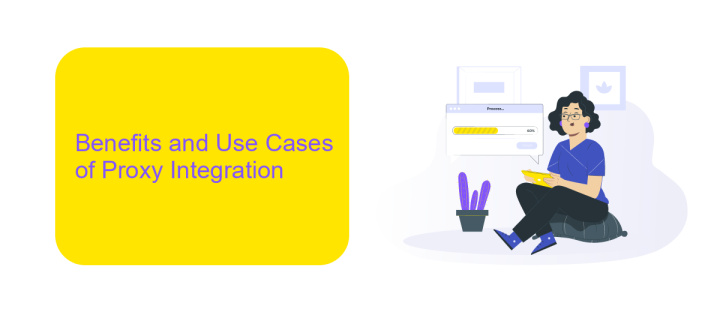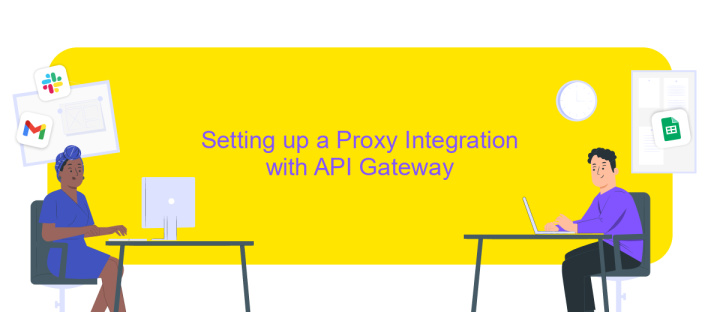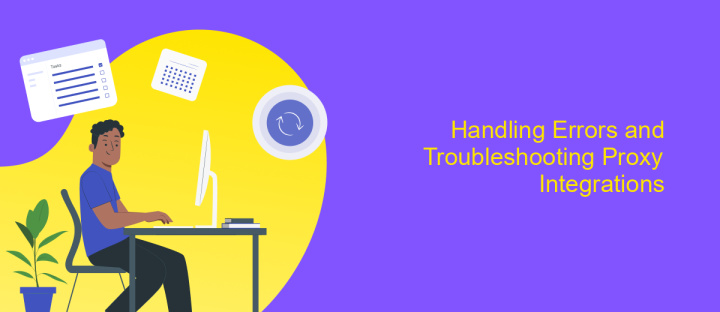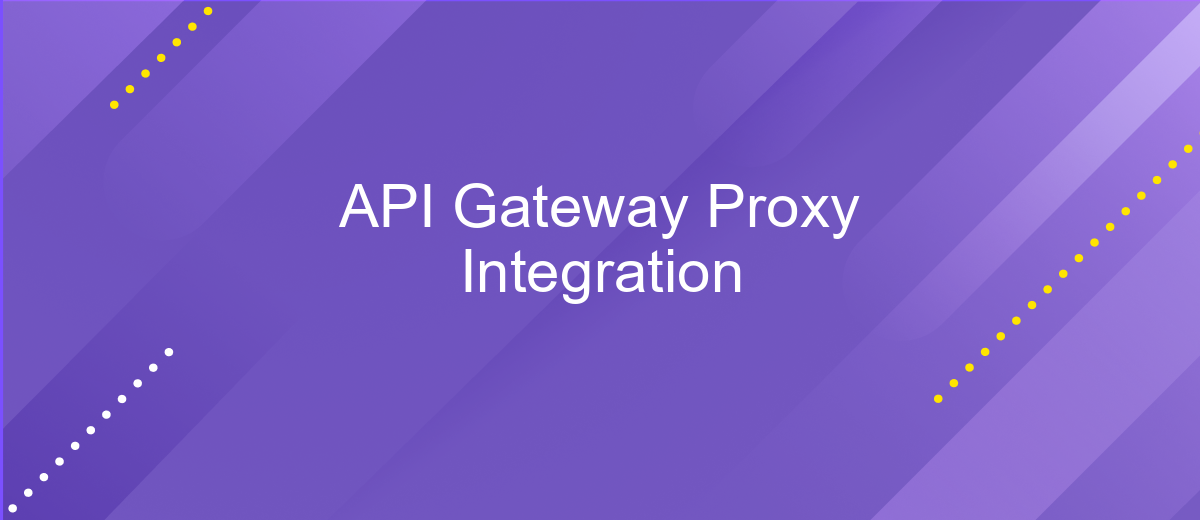API Gateway Proxy Integration
API Gateway Proxy Integration is a powerful tool that simplifies the process of connecting client applications to backend services. By acting as an intermediary, it enables seamless communication and data exchange, ensuring that requests are efficiently routed and processed. This integration method not only enhances scalability and security but also streamlines the development process, making it an essential component in modern API management strategies.
Introduction to API Gateway Proxy Integration
API Gateway Proxy Integration is a vital component in modern cloud architectures, allowing developers to create and manage APIs with ease. It acts as an intermediary between client applications and backend services, streamlining communication and improving scalability. By utilizing API Gateway Proxy Integration, developers can focus on building robust applications without worrying about the complexities of direct service interactions.
- Seamless routing of requests to appropriate backend services.
- Enhanced security through authentication and authorization mechanisms.
- Comprehensive monitoring and logging capabilities for better insight.
- Support for various protocols and data transformations.
By leveraging the capabilities of API Gateway Proxy Integration, businesses can enhance their application performance and security while reducing operational overhead. This integration simplifies the process of managing APIs, ensuring that developers can efficiently deploy, monitor, and scale their services. As a result, organizations can focus on innovation and delivering exceptional user experiences, knowing that their API infrastructure is robust and reliable.
Benefits and Use Cases of Proxy Integration

Proxy Integration in API Gateway offers significant benefits by simplifying API management and enhancing scalability. It acts as an intermediary, routing client requests to appropriate backend services without altering the request data. This seamless forwarding of requests reduces the complexity of API management, allowing developers to focus on building core functionalities. By abstracting the backend services from clients, Proxy Integration also enables easy updates and maintenance, minimizing service disruptions. Additionally, it supports multiple protocols, making it versatile for various application needs.
Common use cases for Proxy Integration include microservices architectures, where it efficiently manages communication between numerous services. It is also ideal for applications requiring rapid scaling, as it can handle increased traffic without compromising performance. Services like ApiX-Drive further enhance Proxy Integration by offering user-friendly interfaces to configure and automate integrations, streamlining workflows. This makes it particularly useful for businesses seeking to optimize operations without extensive technical overhead, ensuring that they can adapt quickly to changing demands and leverage new opportunities with minimal effort.
Setting up a Proxy Integration with API Gateway

Setting up a proxy integration with API Gateway enables seamless communication between your client applications and backend services. This integration allows API Gateway to act as a proxy, forwarding requests to your backend and returning responses to the client. The process is straightforward and involves configuring a few key components in the AWS Management Console.
- Navigate to the API Gateway service in the AWS Management Console and create a new API.
- Select the "REST API" option and choose "New API" to start the setup.
- Define the API name, description, and endpoint type to suit your requirements.
- Create a new resource and method, selecting "ANY" to allow all HTTP methods.
- Choose "Proxy" as the integration type and specify your backend endpoint URL.
- Deploy the API to a new or existing stage to make it accessible.
Once deployed, your API Gateway will handle incoming requests, forwarding them to your specified backend service. This setup reduces the need for extensive backend configuration, allowing you to focus on developing your application while leveraging the scalability and security features of AWS API Gateway.
Handling Errors and Troubleshooting Proxy Integrations

When working with API Gateway Proxy Integrations, effectively handling errors is crucial to maintaining seamless operations. Errors can arise from various sources, including client-side misconfigurations, server-side issues, or network problems. Understanding the nature of these errors helps in diagnosing and resolving them efficiently.
One common approach is to implement comprehensive logging and monitoring. Logs provide insights into the request and response cycle, shedding light on error origins. Additionally, setting up alerts for specific error patterns can proactively notify teams about potential issues, allowing for swift intervention.
- Check API Gateway logs for detailed error messages and request context.
- Utilize CloudWatch metrics to monitor error rates and latency.
- Ensure that client applications handle HTTP status codes gracefully.
- Validate backend service configurations and network connectivity.
By systematically addressing errors and employing robust monitoring practices, you can enhance the reliability of your proxy integrations. Regularly reviewing and updating error handling strategies ensures that your system is prepared to tackle new challenges as they arise, minimizing downtime and optimizing user experience.
- Automate the work of an online store or landing
- Empower through integration
- Don't spend money on programmers and integrators
- Save time by automating routine tasks
Advanced Configurations and Best Practices
When configuring an API Gateway Proxy Integration, consider implementing custom authorizers for enhanced security. These authorizers allow you to validate incoming requests with token-based authentication, ensuring that only authorized users can access your API. Additionally, leverage caching to improve performance by storing frequently accessed data, reducing the need for repetitive backend calls. Configuring throttling and quota limits is crucial to protect your API from overuse and to manage traffic efficiently, ensuring a seamless user experience.
For more sophisticated integrations, tools like ApiX-Drive can be invaluable. ApiX-Drive simplifies the process of connecting various applications and services without requiring extensive coding, making it easier to automate workflows and data transfers. This can be particularly beneficial when dealing with complex API ecosystems, as it allows for seamless data synchronization and reduces manual intervention. Always monitor and log API activity to identify potential issues early and continuously optimize your configurations for performance and reliability.
FAQ
What is API Gateway Proxy Integration?
How does API Gateway Proxy Integration work?
What are the benefits of using API Gateway Proxy Integration?
Can I use API Gateway Proxy Integration with third-party services?
What are the limitations of API Gateway Proxy Integration?
Do you want to achieve your goals in business, career and life faster and better? Do it with ApiX-Drive – a tool that will remove a significant part of the routine from workflows and free up additional time to achieve your goals. Test the capabilities of Apix-Drive for free – see for yourself the effectiveness of the tool.


